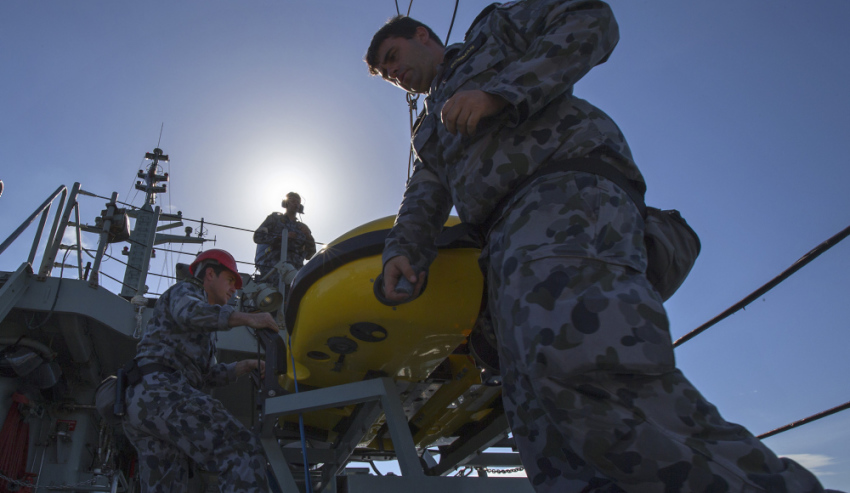BlueZone Group CTO Darren Burrowes has shared some key insights gleaned during a career path that saw him co-founding Newcastle-based ATSA Defence Services following his time in the RAN.
To continue reading the rest of this article, please log in.
Create free account to get unlimited news articles and more!
Speaking to Defence Connect, Burrowes cast his mind back to the early days of the ATSA launch. Headquartered in Newcastle, ATSA was the only startup to emerge as a result of the A$1 billion Minehunter Coastal Project which saw six Huon Class Minehunter ships built for the Royal Australian Navy base in the New South Wales port city.
Burrrowes said that following his service with the Navy, he was involved with two major ship-building projects; ANZAC Ship and the Minehunter Coastal program. "Minehunter Coastal was built in Newcastle," he said. "Loved the town so much we started the company to stay there, really."
Burrowes noted that his partner Neil Hodges provided the operational expertise, based on his Navy experience. Burrowes himself, meanwhile, contributed his own engineering savvy to the business.
"We started up that company in 2000, ATSA Defence Services, two guys and a mobile phone,” he added. “A very big mobile phone at that stage."
"We've since diversified; we're now the Blue Zone Group, and ATSA is just part of what we do," explained Burrowes, noting also that the transition from the Navy had not been particularly seamless.
"I left the Navy in 1989 and then worked on those two major projects, that's where I got a lot of my experience in systems engineering and project management," he said.
"It's those lessons out of the big companies that I worked for - Transfield Holdings on ANZAC Ship and then Australian Defence Industries, which became Thales on Minehunter Coastal – [and] taking the lessons learnt," said Burrowes.
"How to do things properly in defence, and applying the best of breed, I guess, into a small company is what we've always been about."
In 1989, Transfield picked up a $5 billion tender to build eight frigates for the Royal Australian Navy, and a further two for the Royal New Zealand Navy.
One main differentiator Burrowes identified from the outset was a way in which his company could expedite certain key elements of the operation. "I guess we could always see that there was a faster way to do things," he said. "In an SME you've got certain advantages, you're closer to the customer, you're closer to the decision makers [and] you are the decision maker so you can move a lot faster."
"It's that innovation… that attracted my partner and me to the field,” he explained. “There was the Saab Double Eagle mine disposal system on the Minehunter Coastal [program] and we picked up the project to support the in-service support for that for Saab."
"That was the beginning of our company, we started as a service company, which is a great paradigm to have as… you only get one chance to get service right," said Burrowes. "Service is really where we started, and that whole culture is throughout the company."

 Login
Login







